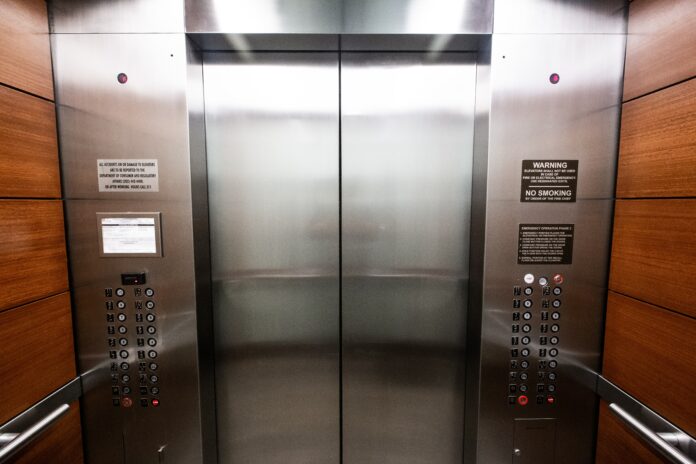Recently, I was in Singapore for a conference. I love the city, the people, the food, but, I learned, I don’t always love the elevators.
Here are how the buttons were arranged on my two-elevator commute from the street to my hotel room.
Every time I got on the elevator I felt like a 3-year old who desperately wanted to push the button but couldn’t quite make out which was the right one to push. Because the numbers were arranged differently than I have seen countless times, my brain would lock up. It took fully three days before I could hop on the elevator without turning into a ball of stress, confusion and annoyance.
And, for the record, others commented that they, too, had problems.
What’s interesting is that there is nothing inherently wrong with what the hotel did. In fact, having the bigger numbers on top and lower ones on the bottom actually makes more sense since in buildings we number the floors from the bottom up.
At this point you may think this is humorous but wondering what this has to do with compliance. There isn’t some UN or OECD compact on how elevator buttons should be arranged. Well, despite that notable admission in the law, it turns out to have a lot to do with compliance.
For one, it shows that local differences can appear in very unexpected places.
Second, what seems like a normal way to do things, may not be normal to someone half a world away. And, a seemingly innocuous difference can cause mental gymnastics at an Olympic level. It’s best to make sure that the locals don’t find the difference significant.
Third, it demonstrates that differences need to be taken seriously, even when they are seemingly small. We get used to doing things certain ways. Habits get ingrained over time and grow deeper and deeper, sometimes as deep as the Grand Canyon. When confronted with a different way of doing things it can be very difficult for the brain to process and take some getting used to.
Now you may be thinking, “He’s reading too much into it. The hotel was just dumb in setting things up that way.” In response, I would ask: how do you set your table? Do you put the fork and knife next to each other or the fork on one side of the plate and the knife on the other? Now, think back to the last time maybe a friend was over and helped you set the table and put the fork and knife out the other way.
It felt strange, didn’t it? You wanted to tell them that’s wrong, or we don’t do it that way here, probably.
Now imagine your colleagues half a world way. They may also be thinking the same thing.
So, bottom line, watch out for the seemingly insignificant differences. They can be more significant than you think. Also, the fork and knife belong on opposite sides of the plate.




